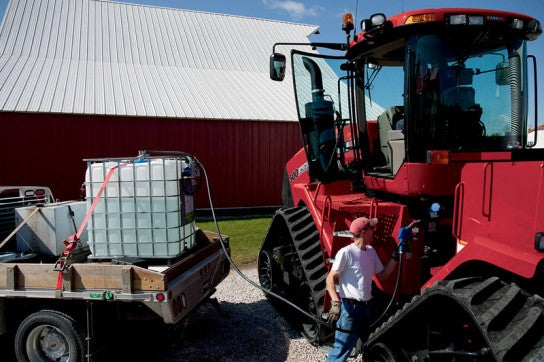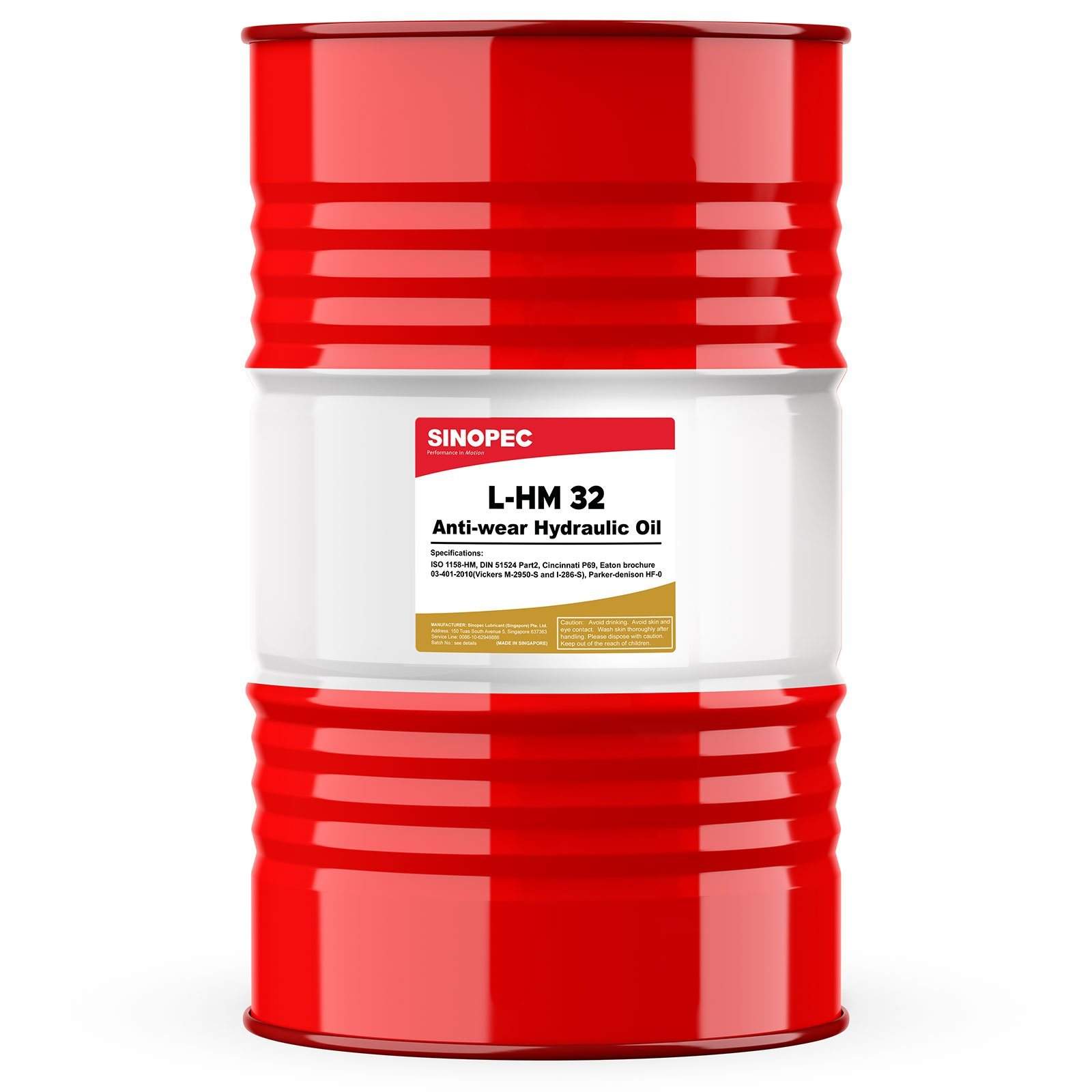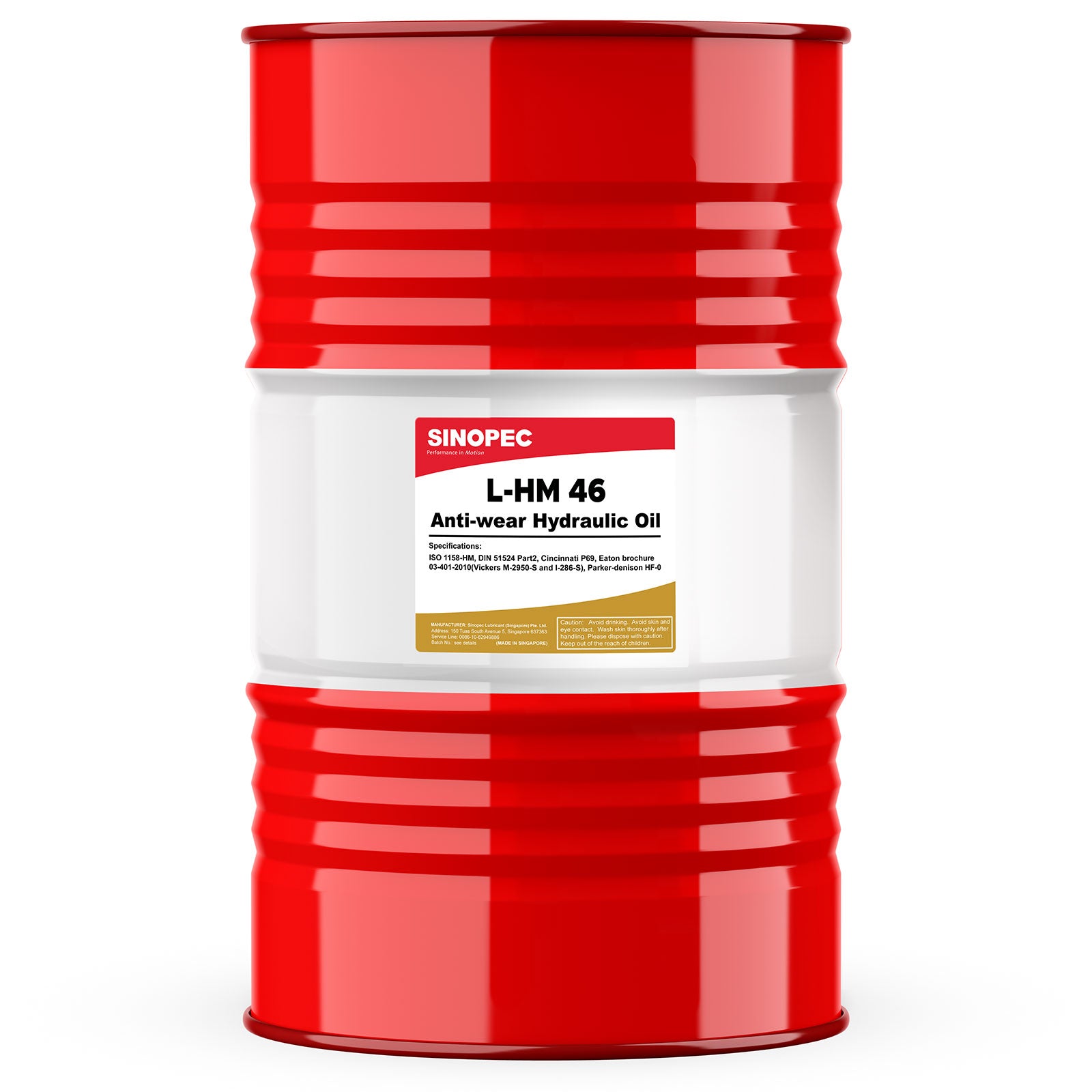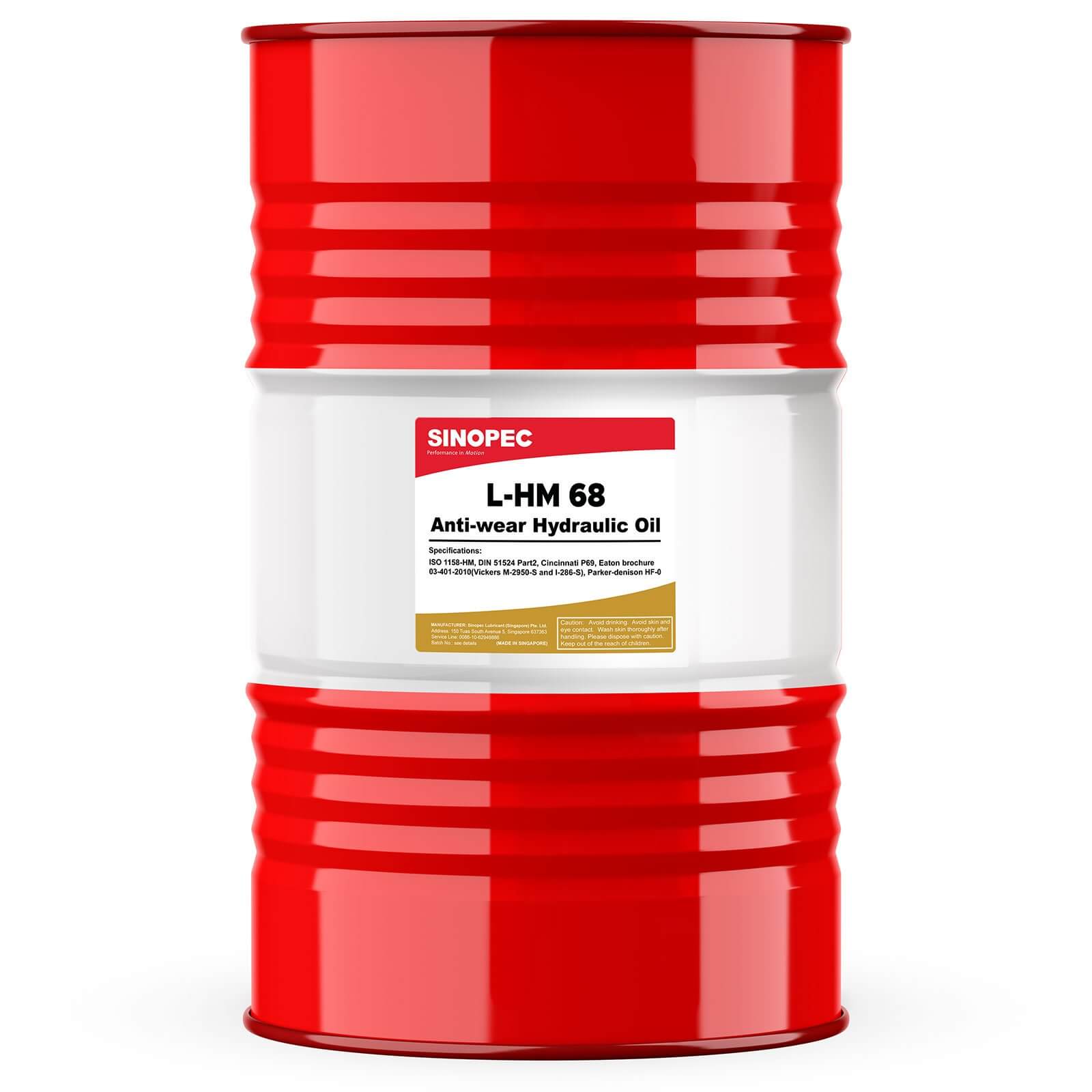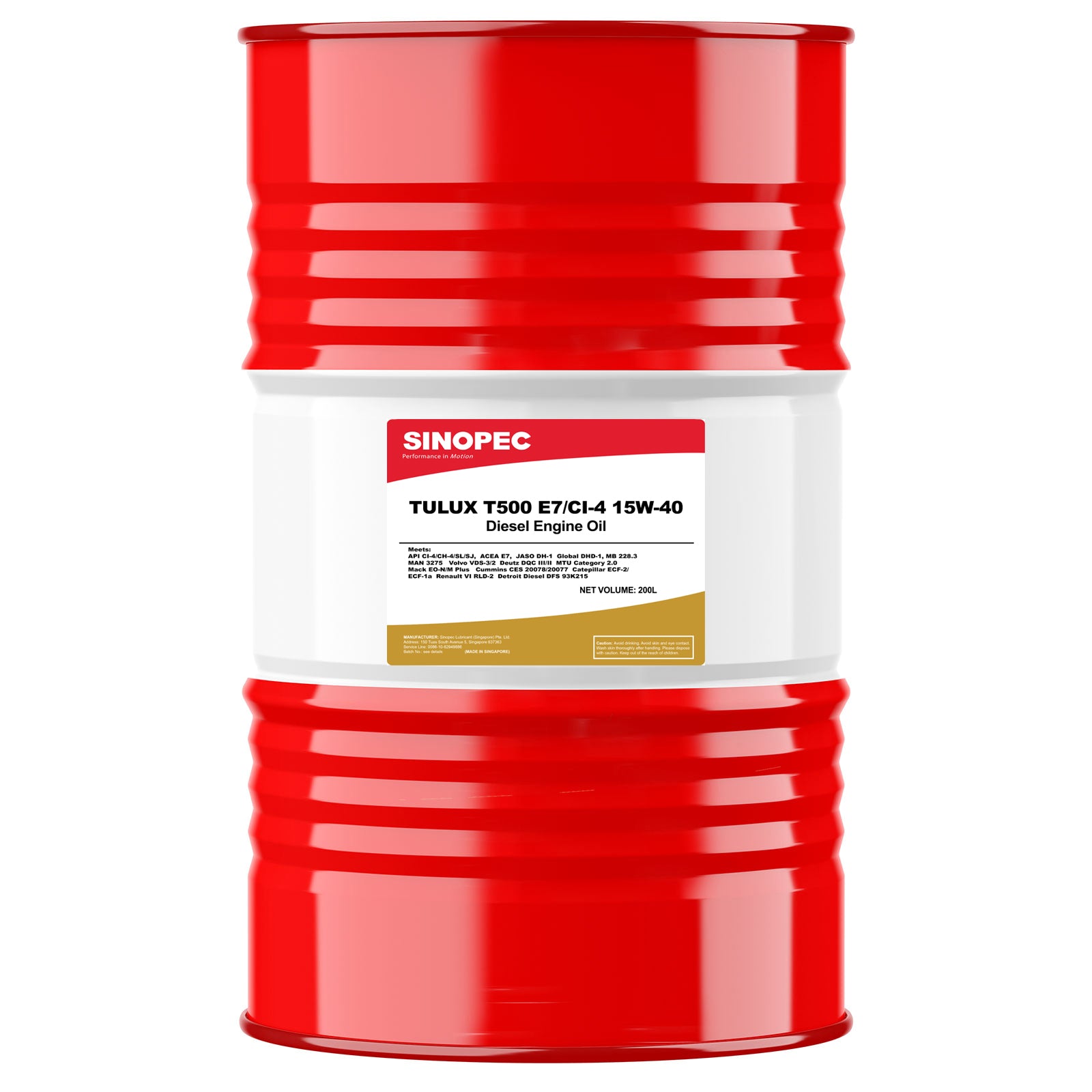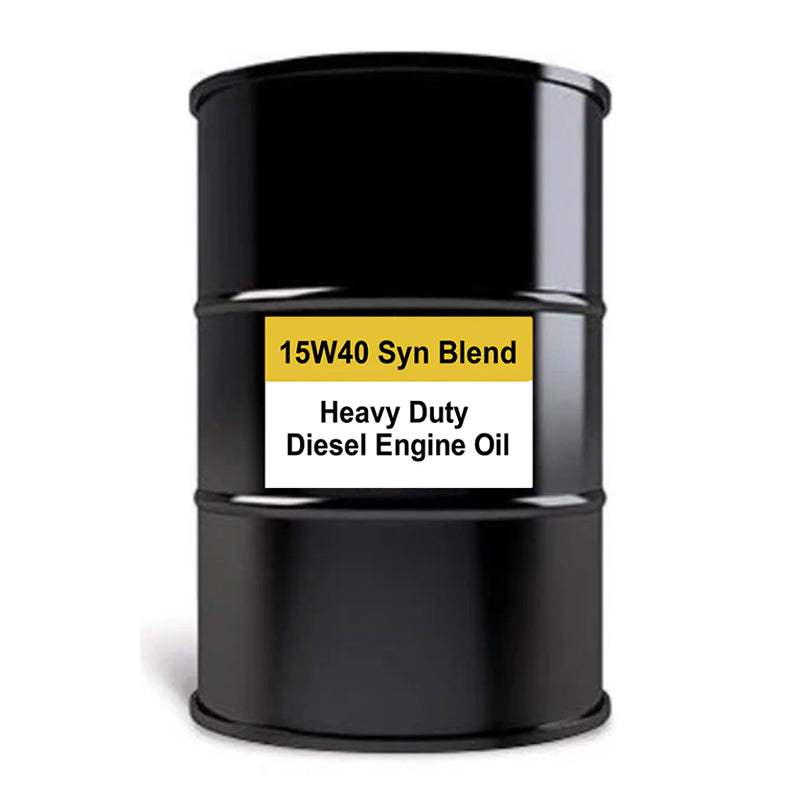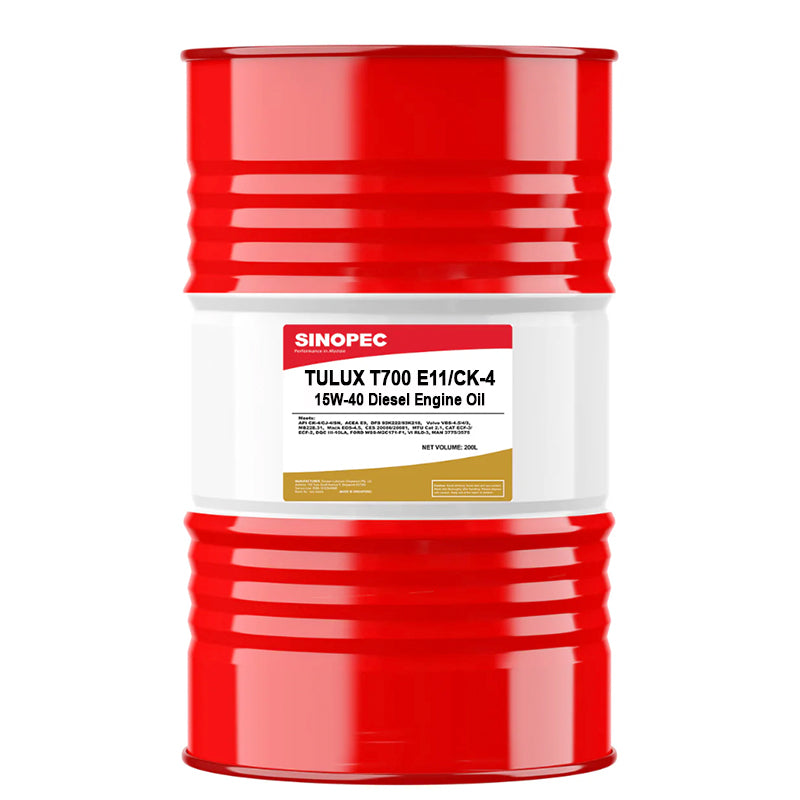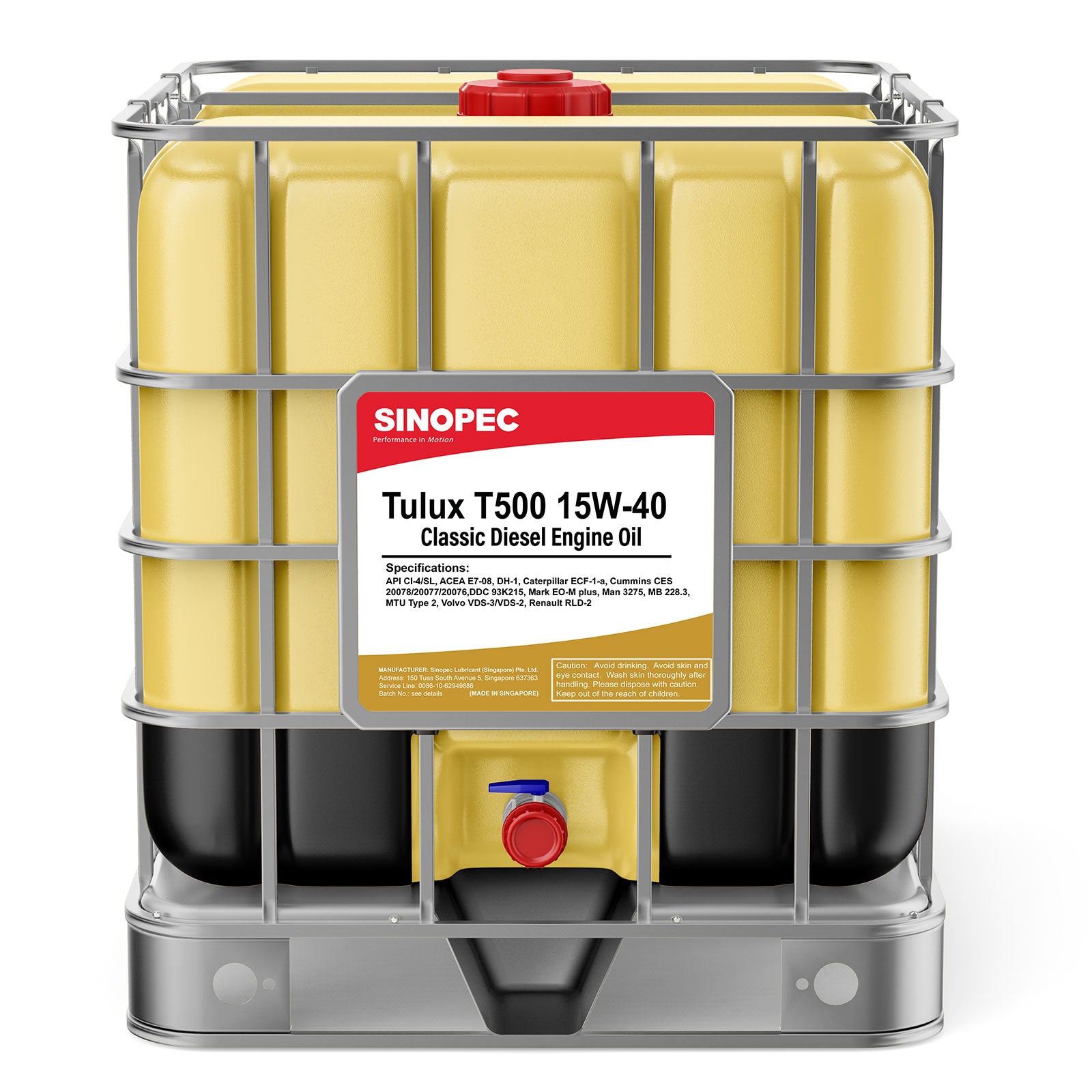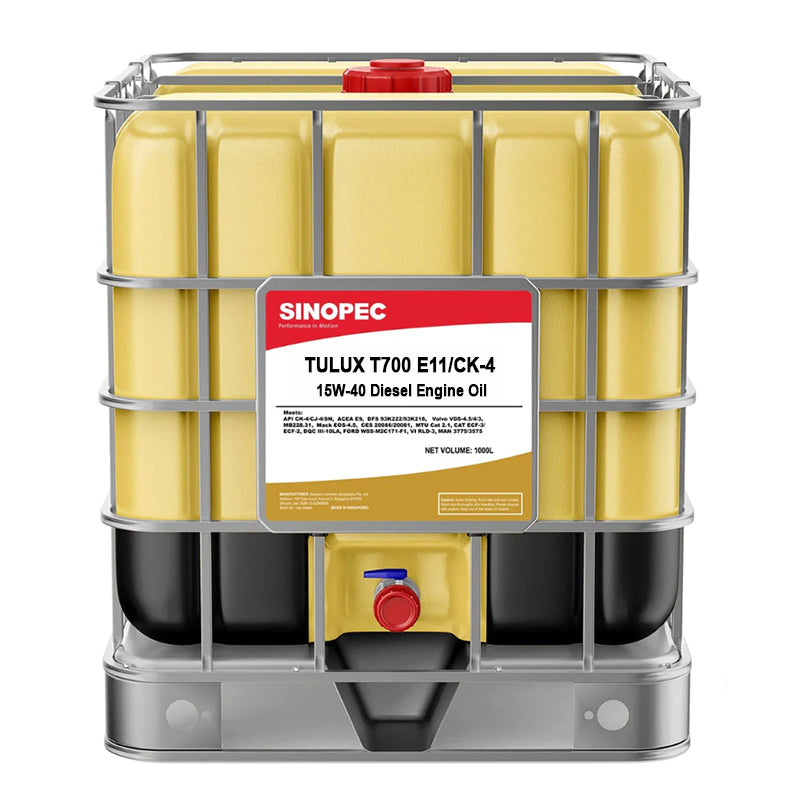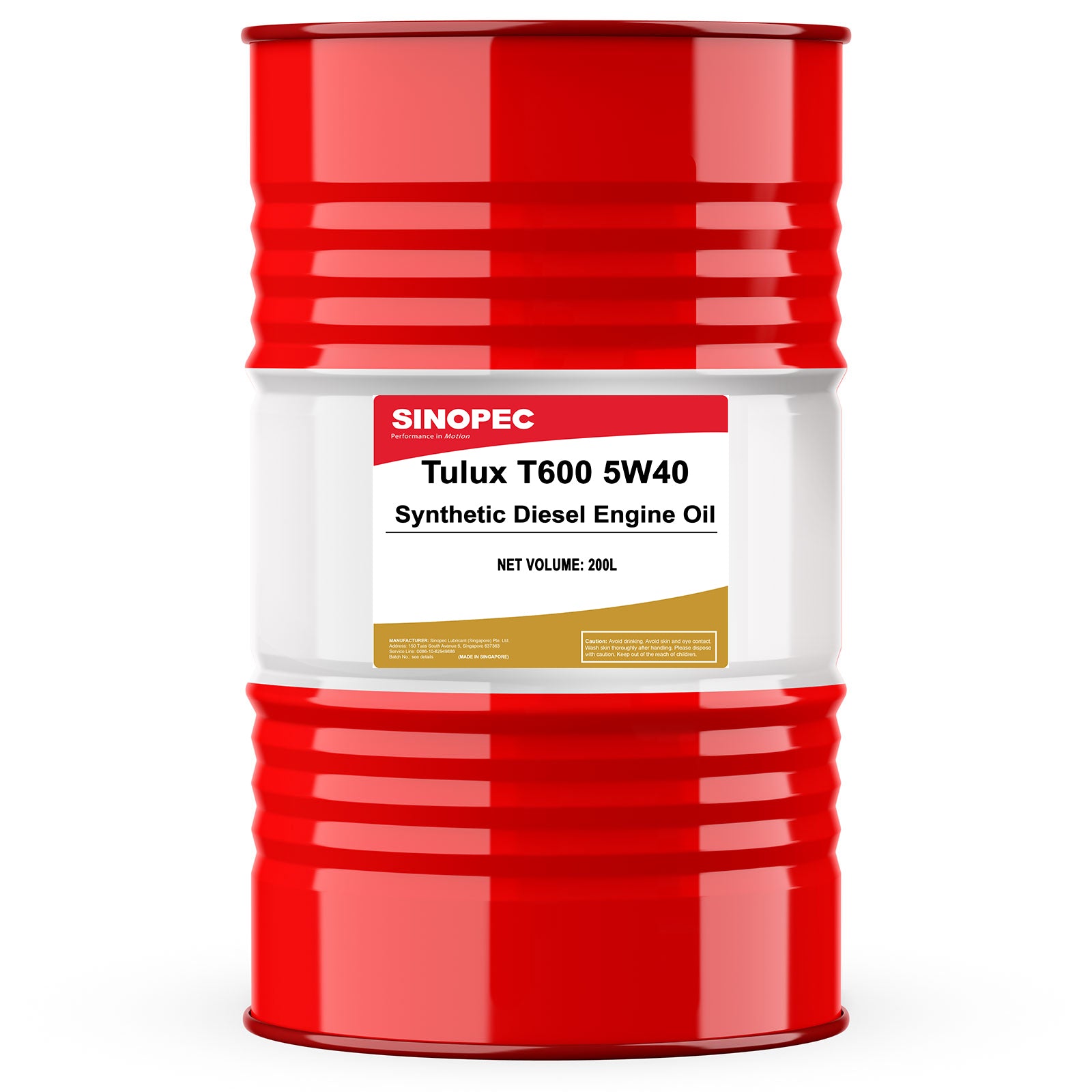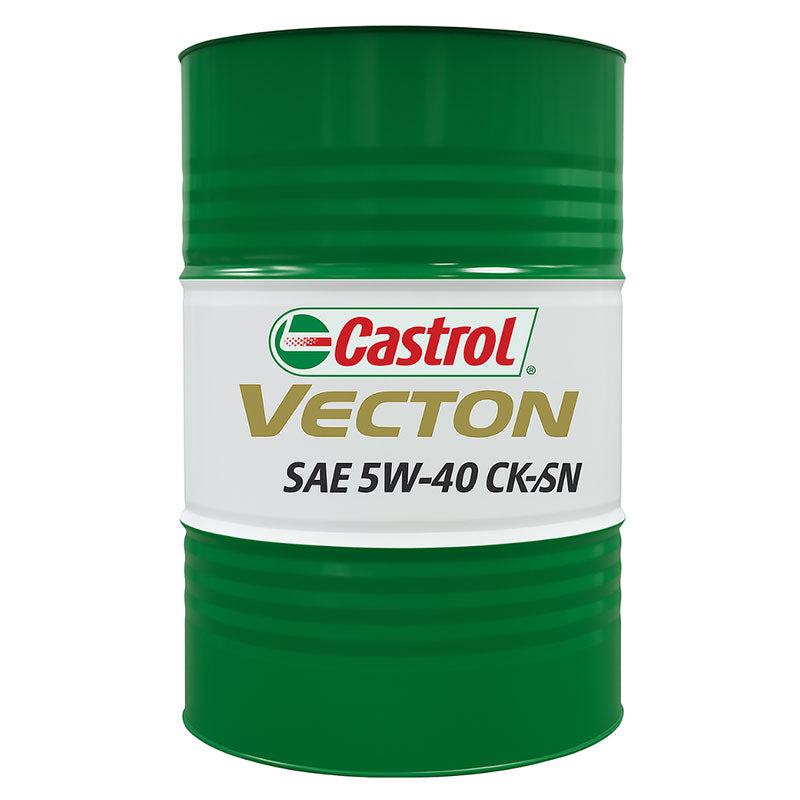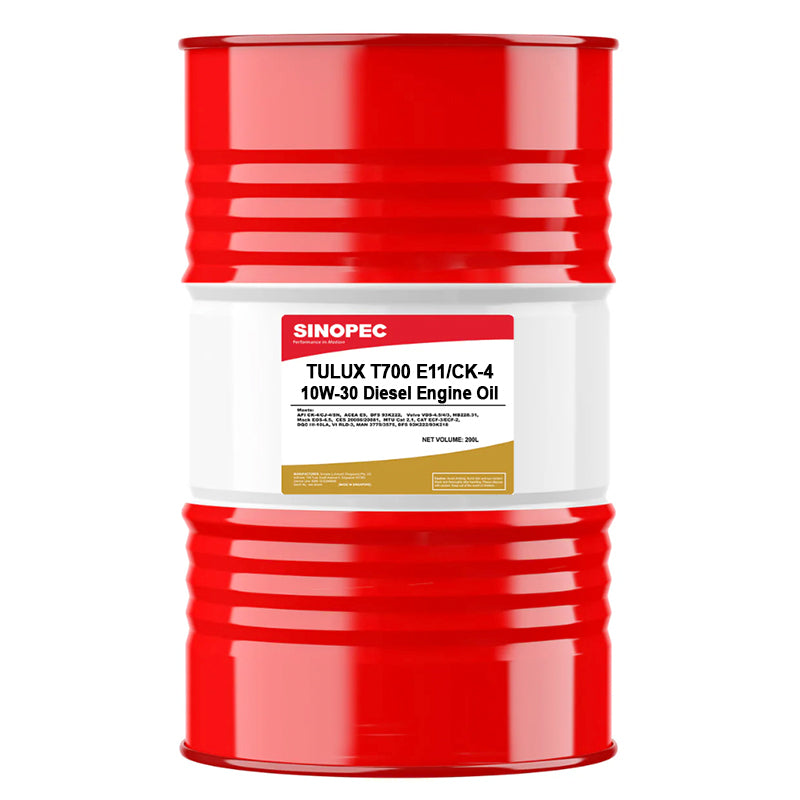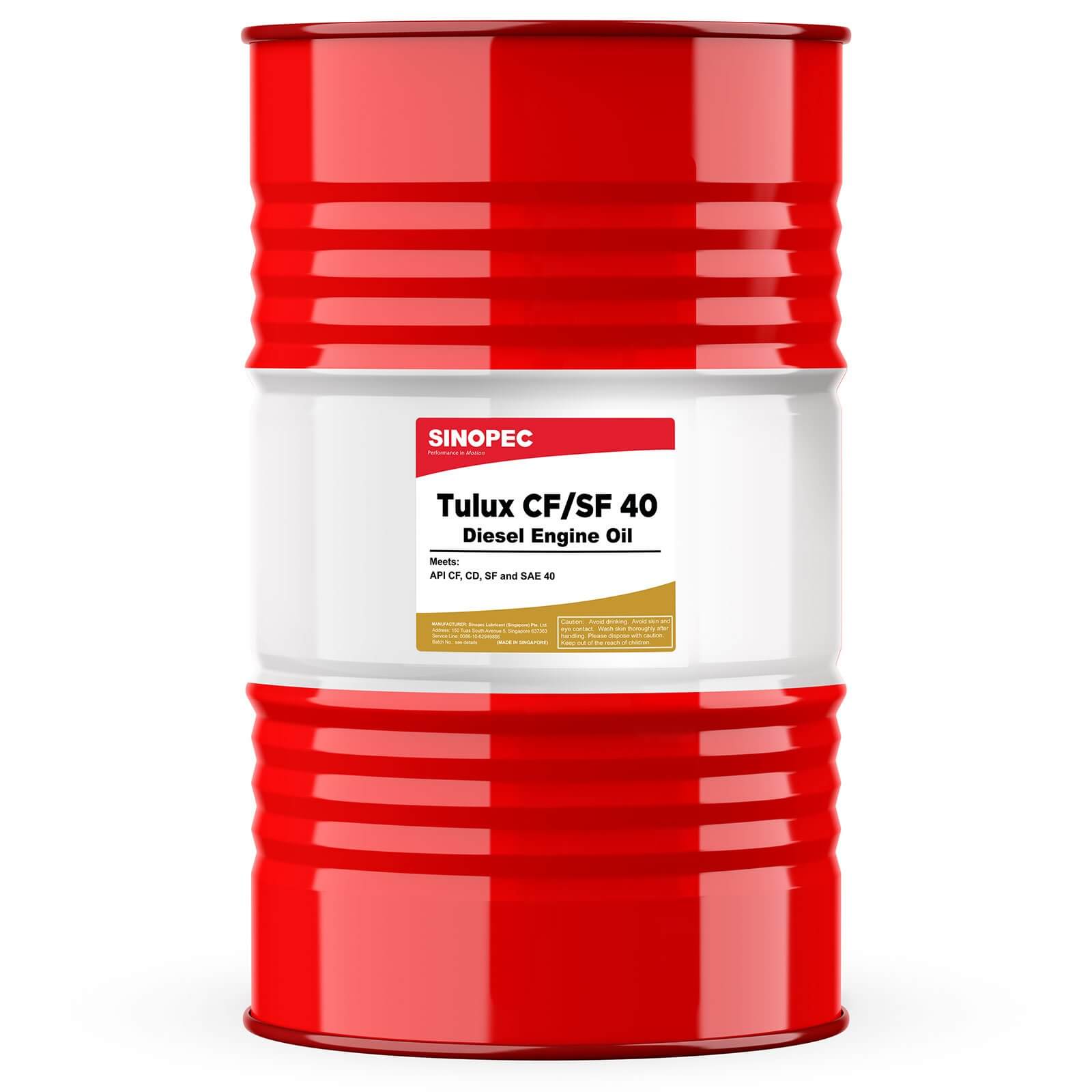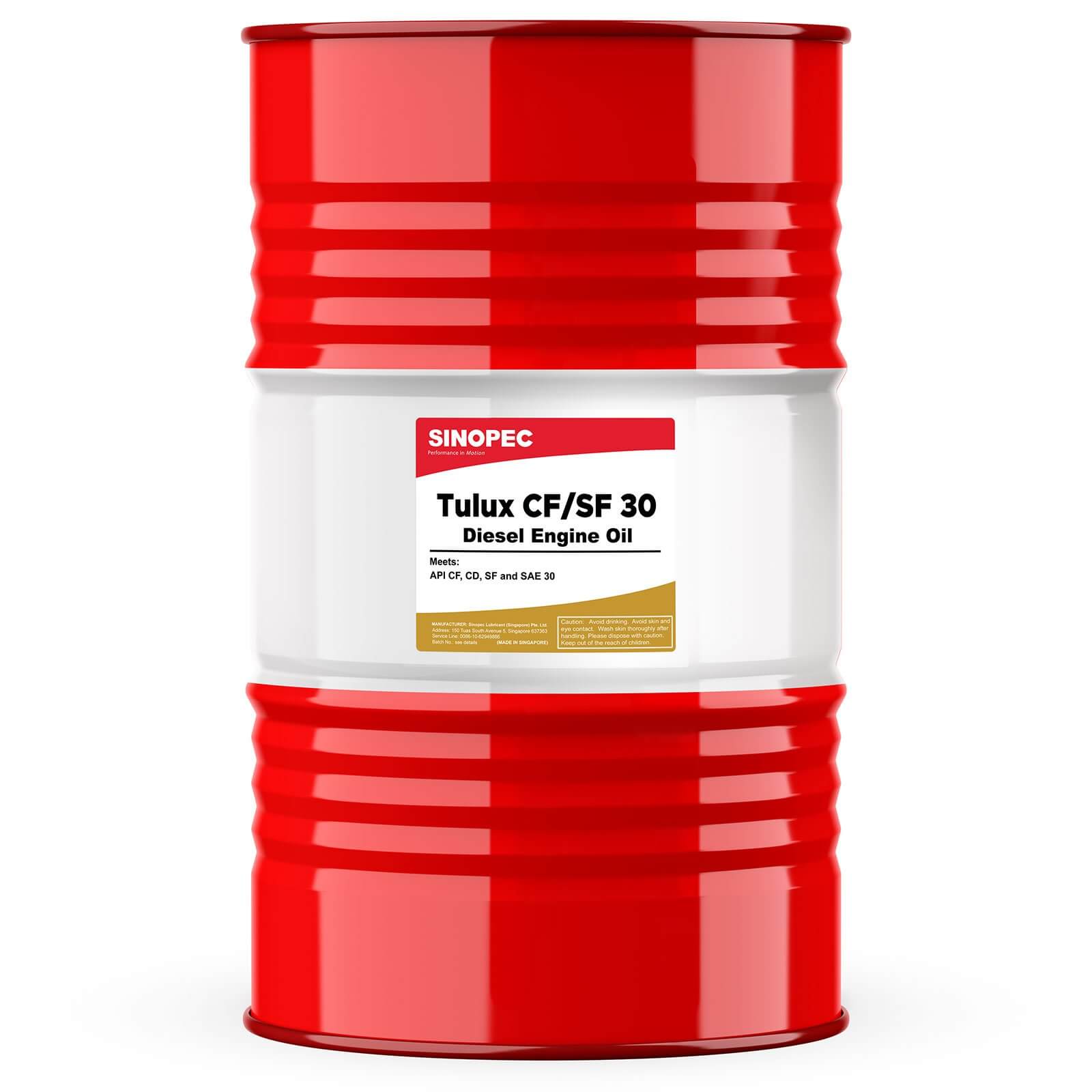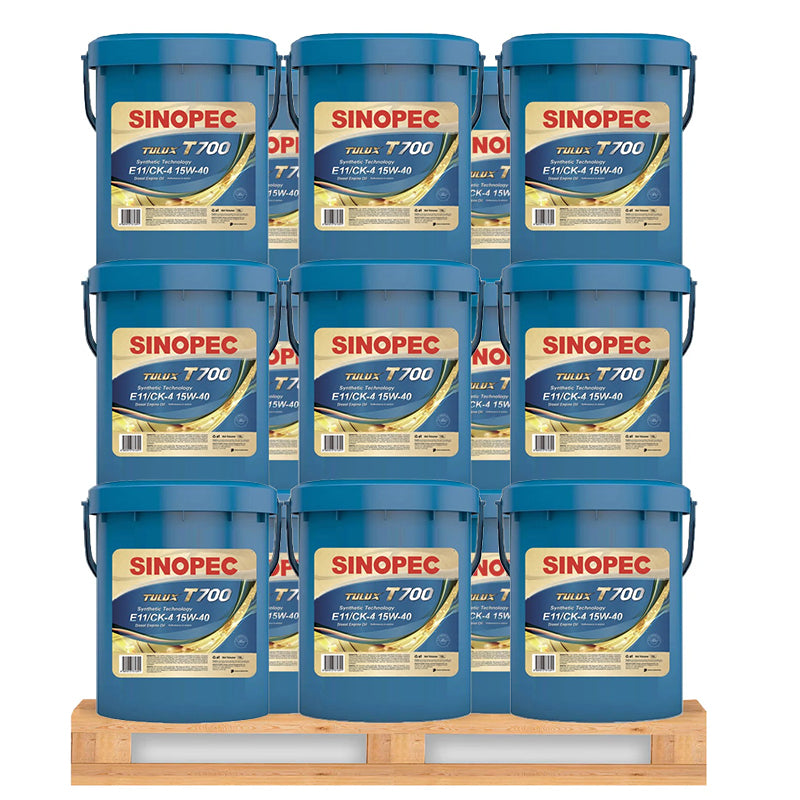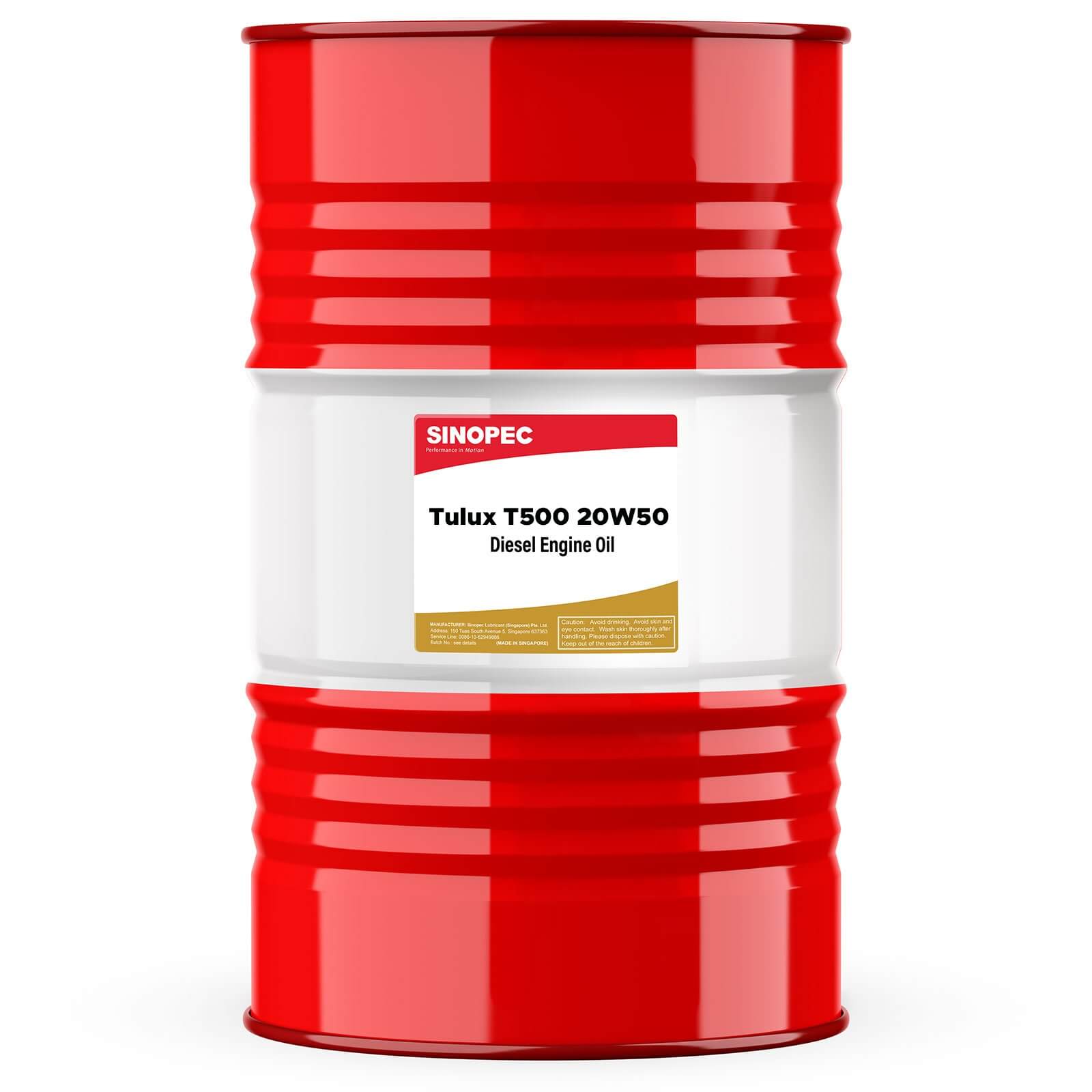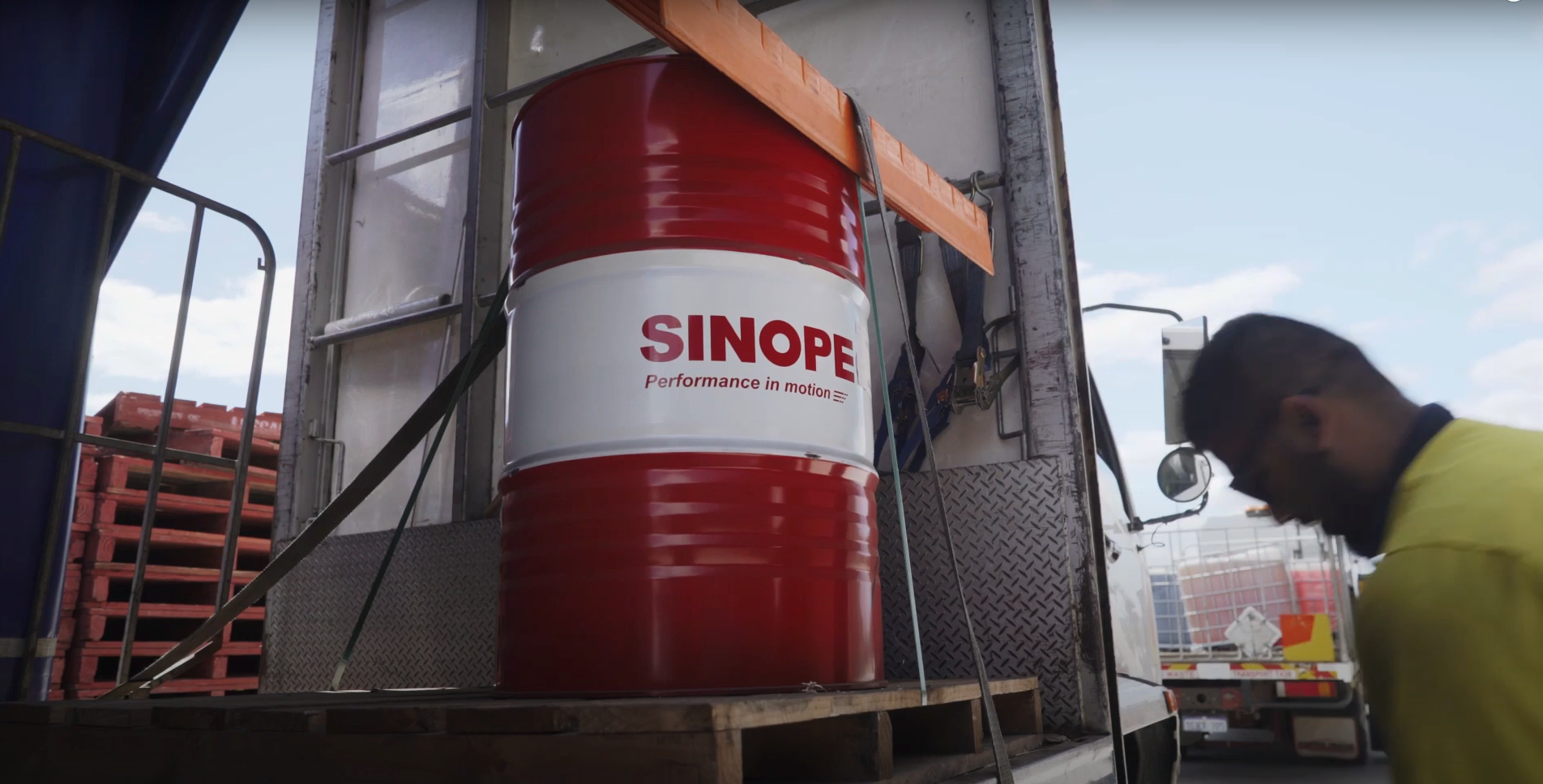As if it weren’t tough enough for diesel owners to find a clean place to pump fuel, they face another challenge: keeping their tanks of diesel exhaust fluid (DEF) topped off. What happens if you run the treatment tank dry? We tested to find out, so you won’t have to try it yourself.
Diesel veterans long ago learned how to handle this concern. The following primer is for diesel-engine newbies and gasoline-engine devotees curious about life on the other side. DEF, also known as AdBlue or Blue DEF, is an elixir that’s necessary to make sure that what exits a diesel vehicle’s tailpipe is as sweet as an Alpine breeze. Those who turn a DEF ear face harsh penalties.
DEF, available at most service stations for $6 to $10 per gallon, is a fluid consisting of urea and deionized water in a 1:2 solution. It’s contained in a reservoir separate from the fuel tank and is metered into the engine’s exhaust stream to control certain emissions. Inside the exhaust pipe, the DEF vaporizes and decomposes into ammonia and carbon dioxide. Those two compounds then react with oxygen and detrimental nitrogen oxides inside the vehicle’s selective catalytic reduction (SCR) catalyst. This produces three benign tailpipe gases: nitrogen, water vapor, and carbon dioxide.
Make sure that any DEF you purchase is labeled to comply with ISO (International Organization for Standardization) 22241 specifications. While DEF doesn’t deteriorate over time, it can freeze, so store your supply in a heated location. The ingredients remain in solution, so no shaking or mixing is necessary before use.
The Environmental Protection Agency requires makers of new light-duty diesels to interrupt the engine’s normal startup routine if the DEF runs out to make sure owners take their clean-air responsibilities seriously. To avoid the problem of owners stranded at the side of the road, every diesel-vehicle maker provides ample warning before it’s time to add DEF.
Our Range Rover is equipped with a 3.0-liter turbo-diesel V-6 that sips DEF from a 4.8-gallon tank located under the floor beneath the driver’s seat. That reservoir’s fill cap is under the hood atop the left fender. According to the owner’s manual, a full DEF tank should last 6300 miles, but, as everyone knows by now, your mileage will vary.
While there’s no DEF gauge in our Range Rover (some vehicles have those now), the driver can determine how many miles remain before this juice runs out by calling up the service menu in the display located between the tachometer and speedometer. With the engine off, under the Next Oil Change heading, there’s a notation reading “DEF refill XXX miles.”
We soon discovered that the earliest warning is fleeting and easy to miss. According to Land Rover, the first message—“Diesel exhaust fluid level low”—occurs at around 1500 miles before the no-restart doomsday. We apparently missed that message, but at 969 miles before the end, one of our editors on a weekend trip noted: “First DEF warning spotted. There was no orange triangle in the cluster display, and an inattentive driver would have missed it. The warning disappeared before I could photograph it.
The next alert appeared 254 miles later. This time, there was a bright orange triangle surrounding an explanation point accompanied by the “Fill diesel exhaust fluid tank” message captured in the photo above.
Only 215 miles later, the urgency intensified. In addition to the warning above, a new message threatened, “No engine restarts possible in 500 miles.” We continued driving and watching without adding one drop of DEF. No additional messages lit up our cluster while we were driving. But during the normal starting routine, the advisory read: “No engine restarts possible soon. Fill diesel exhaust fluid tank. Distance to NO ENGINE RESTART 100 miles.” Again, we added no fluid. But we did pay heed by switching off the Range Rover’s automatic stop/start function and by mapping a route close to the Car and Driver garage.
After exactly 100 miles, the stern warning “No engine restarts possible” appeared in the driver’s display cluster. We kept the engine running to drive the final eight miles to the comfort of our garage before shutting it down.
To make sure the Range Rover wasn’t kidding, we attempted to fire its engine but found no sign of life under the hood. As we had been warned, without DEF our diesel refused us service, as if we’d walked into a 7-Eleven without shoes or shirt. We promptly began resuscitation procedures. Adding 2.5 gallons of DEF did not—to our surprise—revive the patient. The engine would not start until we tipped in another 2.3 gallons of juice, filling the DEF tank to its brim. Then this diesel started without hesitation, idled nicely, and ran perfectly throughout its next journey—a 250-mile jaunt to Chicago.
While the frequency of warnings does vary, all modern diesels give their owners plenty of notice that their DEF must be replenished well before the dry-tank doomsday occurs. Our Titan, for example, has a gauge that’s handy for checking the DEF level before embarking on a major trip.
HOW TO FIND WHAT YOU’RE LOOKING FOR
All truck engines meeting 2010 or later EPA guidelines are required to have a dashboard warning system that alerts you when DEF levels start running low. These systems feature an amber warning light that goes off when levels drop below 10%. At 5%, the light starts flashing, and when levels drop below 2.5%, it turns solid. When DEF runs out entirely, the light turns red, and the truck is electronically limited from going more than five mph.
DEF levels can also be checked manually. The storage tank can typically be found next to the diesel fuel saddle tank on a truck, or in the spare tire area of a passenger vehicle.
TOPPING OFF
Replacing DEF is fast and easy — even if a level check doesn’t indicate that you’re running low, it’s always best to fill up before a long haul and avoid the risk of a problem. DEF can be found in all truck stops and auto parts stores. It is a non-toxic liquid that can be handled without any special protective clothing or tools.
To add more DEF, simply locate the fill port — it is usually found under the hood, next to the fuel port or in the trunk — and top it off manually. Fuel and DEF ports are differentiated in size to reduce the risk of accidentally putting one into the other.
HOW LONG DOES DIESEL FLUID LAST?
Diesel exhaust fluid normally has a shelf life of about two years. However, exposure to sunlight or sustained high temperatures can compromise it. Any DEF purchased at a truck stop or auto parts store will have a clearly labeled expiry date — using DEF past this date can cause performance issues and potential maintenance problems.
CALCULATING DEF REQUIREMENTS
All newer diesel vehicles have a dashboard warning system that alerts you when it’s time to change your DEF. To estimate how much you’ll need, you’ll need to know the efficiency of your engine.
DEF is consumed at a rate of about 2-3% relative to the amount of fuel you are using. This means between 1.2 and 2.0 gallons of DEF will be required for a vehicle with a 65-gallon gas tank. If you have a five-gallon DEF tank, DEF should be replaced every third or fourth time you fill up. However, the easiest way to avoid a problem is simply to top off periodically.
DEF HAZARDS
Because DEF is mostly water, there is a risk that it can evaporate or freeze. Evaporation occurs at high temperatures, but preventing it is easy — simply keep unused DEF in a tightly closed container. Within the tank itself, there is no risk of contamination.
DEF can freeze at temperatures below 12°F. However, manufacturers have included a number of safeguards to prevent damage when this occurs. Trucks can still be run normally with frozen DEF — most tanks feature heating elements that will automatically warm it over the course of normal operation.
DEF that has been previously frozen won’t be compromised. Water and urea freeze at the same rate, so the basic ratio won’t be affected. However, frozen DEF does expand, typically by about 7%. To prevent damage to your SCR system in cold weather, give fluids a minute to drain back into the tank before shutting down your vehicle’s battery.

